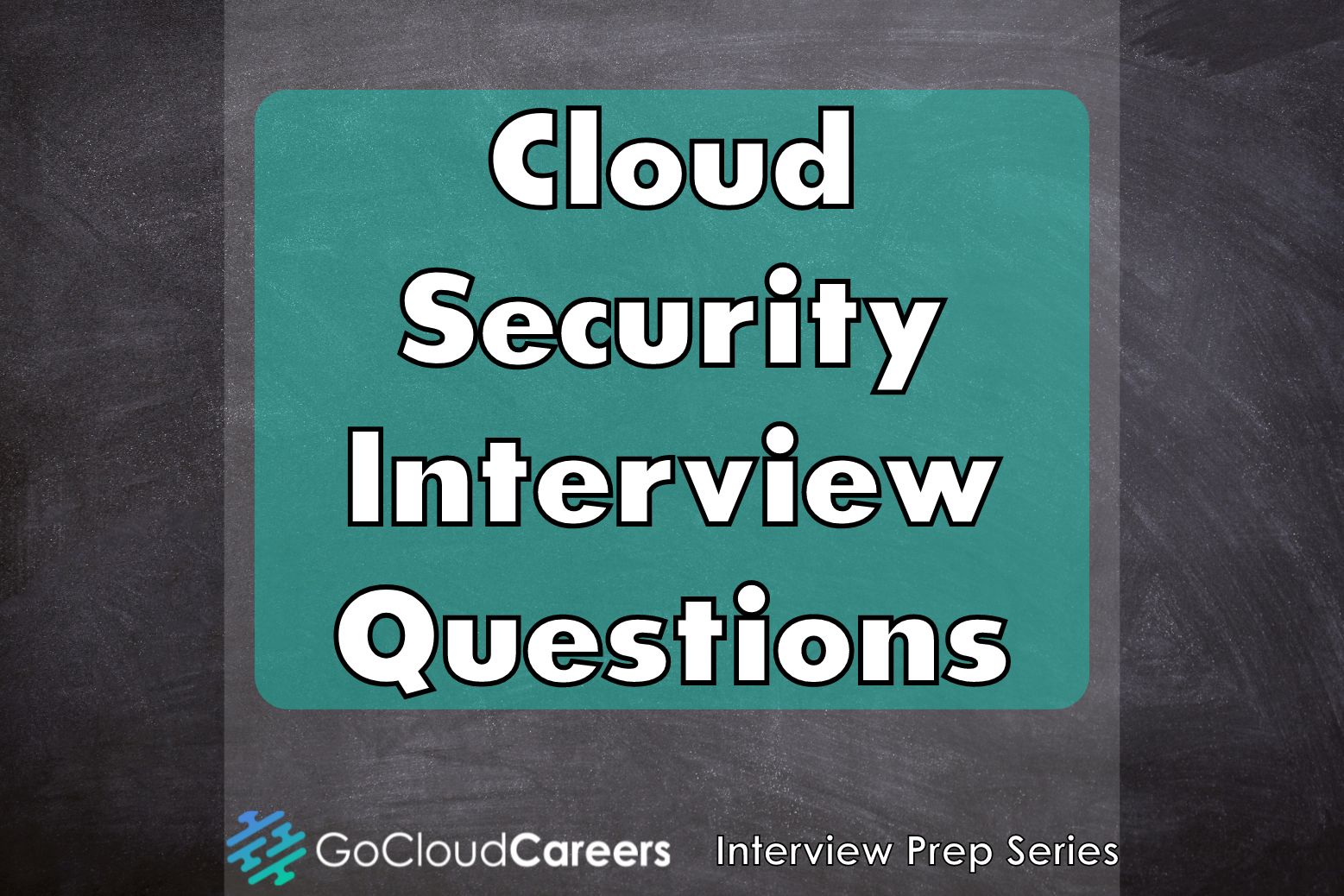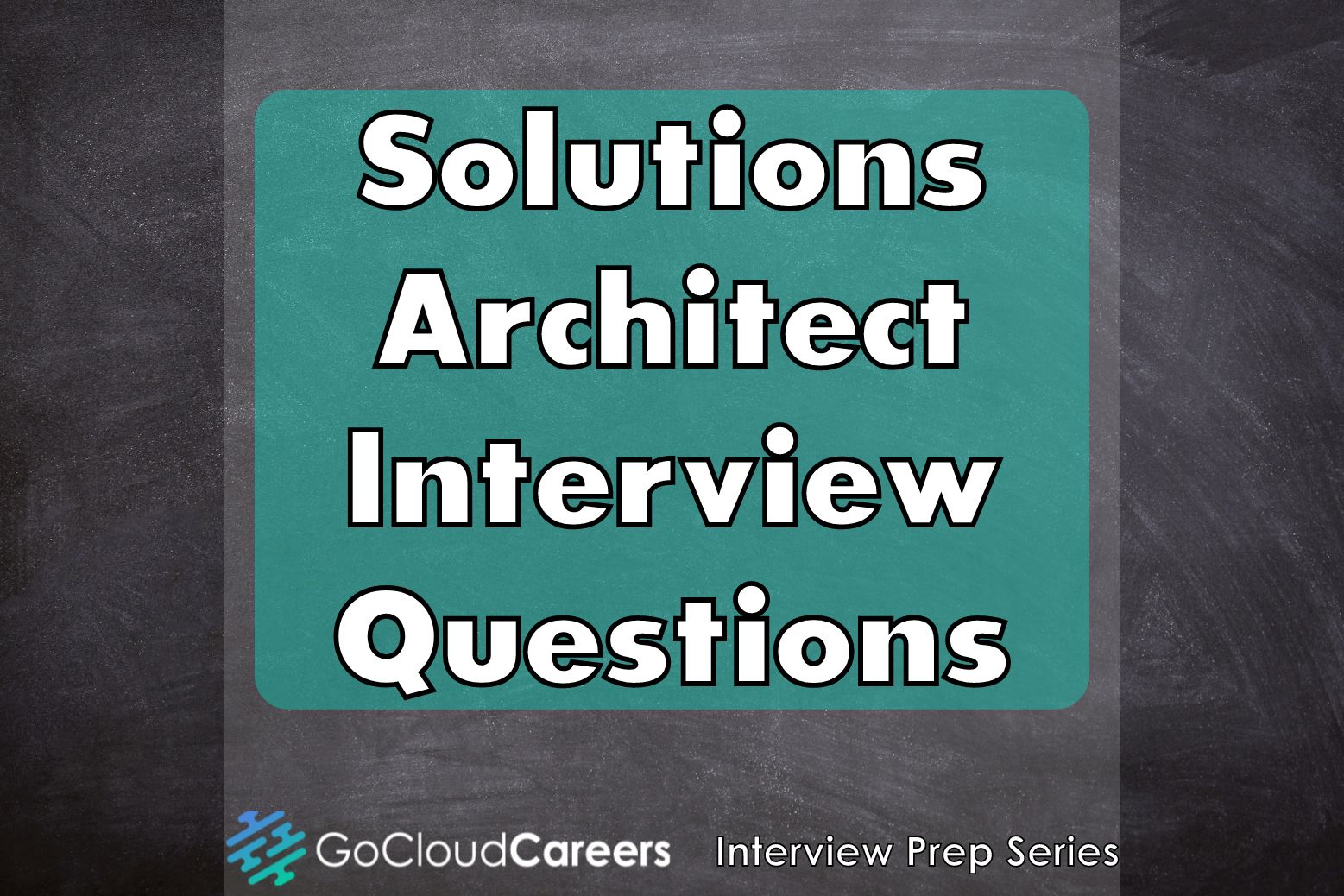
Do you want to kick off your cloud architect career, or build an amazing cloud computing career? If so then keep reading to learn some potential mistakes to avoid.
One of the biggest challenges people face when they start their cloud architect career is not having cloud architect career skills. Instead, many have cloud engineer skills, which are wonderful but not what’s necessary to get a cloud architect job. There is a big difference between a Cloud architect vs cloud engineer, and it’s essential to get the right cloud computing career training. Since there is a difference between a cloud engineer and a cloud architect each professional needs a different technical career development program.
Focus
The first mistake that we see, which affects about 90% of the cloud architect community is focusing on cloud engineer skills instead of cloud architect career skills. There’s a big difference between what a cloud architect does versus what a cloud engineer does in their job. The training for these roles is very very different, and for good reason. When I have new cloud architect students, I work very hard to keep them focused on being cloud architects, and not cloud engineers. What are these cloud engineer skills that so many cloud architects are training on? They’re training on scripting, they’re training on CloudFormation templates, they’re training on Terraform, they’re training to program, and they’re spending excessive time learning the CLI or the management console.
Why do we say these are not things to learn or focus on? These are very important things, but these are very important things to the cloud engineer or SysOps roles. But a cloud architect is a design role. It is a customer-facing role. It is not a configure-the-systems role. Because of that, the cloud architect career development path needs to focus on both how and why things work. It should also focus on the other critical components of the cloud architect job. So what are these things that cloud architects should focus on instead to build a fantastic cloud architect career?
To Configure or Not To Configure
First and foremost, the cloud architect needs to know the how and the why technology systems work. If you know how to configure them, that’s fine, but more importantly, you need to understand the how and why. How does the network work, how does the cloud work, how does server virtualization work, how do containers work, how do you design a network for Five Nines availability, how do you secure the network, how do you secure your applications, what types of storage would you use and why, and so much more. See, these are cloud architect things, as opposed to configuring them.
Presentation
The next thing that I consider necessary is completely understanding how to deliver a great presentation. As a cloud architect, you’re going to be delivering presentations of some kind almost every day. Cloud architect careers are built upon writing and presenting. Why is this? Because cloud architects meet with a client, find out their needs and goals, and design a solution. As a cloud architect you’re going to have to document the solution, and then present the solution to the client, as well as internal stakeholders in your organization. In these situations, you will be asked to deliver a presentation on your interview. Focus on this critical skill. I’ve been asked to present at interviews for all senior architect-level positions in my career because they wanted to see how I could present.
Effective Communication
Another cloud-architect-specific skill is being CXO-relevant. What I mean by CXO is the chief information officer, the chief executive officer, the chief financial officer, the chief technology officer, the chief operations officer, and so on. Why? Because these people lead the organization, and these are the people that are involved in the technology selection, the selection of how the company will move forward, the organization’s strategy. As a cloud architect, you will be meeting with these people (or in some larger business environments you will meet with people that report directly to them). When you meet with them, they’re going to tell you their strategy. Their strategy is going to be involved in the cloud architect design. This means that you’re going to design it based upon their business needs, goals, legal regulatory requirements, and such. We’ll talk much more about that later, but that’s the perspective from which you’re going to be designing your solutions. You have to be able to be CXO-relevant. Plus, you want the CXOs to understand why they need your design. If you’re presenting to the CXO the same way you’d present to a cloud engineer, the CXO will tune out of the meeting and not be interested. You’re going to have to learn to be CXO-relevant.
You’re also going to have to learn to write well. Writing for readability, writing to make it simple, being able to document your things, both visually and verbally. When you write it down it has to be succinct, to the point, and it has to explain everything. Learn to document well. The reality is, as a cloud architect, you’re going to have a team behind you in a lot of cases, and you’re going to have to learn how to lead that team. You might have five engineers that you’re working with to help you design something or test something. You might have 15 engineers involved. I’ve led projects where I’ve had 20-plus engineers involved, just doing testing and proof of concepts. And this is very common. As a cloud architect, you’re going to have to focus on your leadership and communication skills for different types of positions.
Industry Relevance
The next major cloud architect career mistake I see is ignoring industry relevance. see a lot of people that want to build a cloud architect career and think that getting 10X AWS certified is going to help them. It won’t, my previous article covers this in-depth. You need to have certifications on your resume that show that you understand certain things. For example, if you’re going to be a cloud architect, you will probably need, at a minimum level some professional-level certification in the cloud, such as AWS. But you’re also going to need to be industry-relevant.
The Correct Training and Certification
That means you’re going to have to understand the operating systems that are out there. You’re going to have to understand the virtualization solutions that are out there, the networking solutions that are out there, the security solutions that are out there. You’re going to need to be industry-relevant. wish all you needed to do was become an AWS Certified Solutions Architect Professional, and take an AWS Advanced Networking course, and you’ll be properly able to design a network on the cloud.
Unfortunately, that’s just not true. Courses like the AWS Advanced Networking are great courses. What do they do? They teach you how to do some of the solutions from networking on the cloud, and in a lot of cases, how to configure them. Very important information, but they don’t teach you networking. There’s no real discussion of BGP in these training programs. There’s no discussion of IGP, such as OSPF. There’s no discussion of route filtering and QoS on lengths. Why? Because it’s not part of the curriculum, because this is heavy-duty, network engineering on network architecture work. You must be industry-relevant.
What I am saying is to get your key vendor certification for the main thing that you want to do, and then get an industry certification. If you want to be a cloud network architect, get a CCNP, a Cisco Certified Network Professional, and an AWS Certified Solutions Architect Professional. Now with both of these, you’re going to have some deep, solid knowledge of networking, and some deep, solid knowledge of the cloud. Or, let’s say you wanted to do cloud security, you would become an AWS Certified Solutions Architect Professional and get security certifications, such as the CEH or the CISSP, something big that’s going to hold a lot of weight in the industry.
Getting industry-relevant certifications in addition to vendor-specific certifications will make your resume stand out from the rest. When you have enough security background to be hired on that alone, and you have enough cloud background to be hired alone on that alone, and you marry those two together, your career opportunities and progression is unstoppable. When you’re building your cloud architect development path; instead of getting multiple AWS certifications, get deep industry certifications with your cloud certifications. Build yourself an unbelievable, beautiful resume and watch the magic happen. This is important from a resume perspective, but it’s not just a resume perspective. You need that depth of knowledge to be able to design solutions and design architectures that are going to be relevant for your customers and work. This is very important. As a cloud architect, in general, be solid, build your resume, and focus on industry knowledge and cloud knowledge.
Client Interview Skills
Now I want to talk about, our client interview skills. A cloud architect is a customer-facing role. When I was young there was a saying that said, garbage in, garbage out. Well, you know what? The same thing applies to cloud architecture. As a cloud architect, the better your ability to ask questions of the client, the better information you’re going to receive. The better information you receive, the better your designs will be. One of the most critical skills for a cloud architect is your client interview skills. We see very few cloud architects focused on this at all. Instead, we see cloud architects focused on cloud engineer skills as we mentioned before, and there’s a big difference between a cloud architect versus a cloud engineer. If you’re focusing on implementation and configuration, you do not have the time to focus on interviewing your clients. This is one of the most critical things to do as a cloud architect.
Listen and Be Open-Minded
So what should you do? You should focus on how to interview a client. First and foremost, listen more than you speak. Why? When you’re talking, you’re not getting information. You should ask a question and listen, listen, listen. When the customer is talking to you, listen, take notes, and pay close attention.
The next thing that you need to do is be open-minded. If you are not open-minded, people just aren’t going to tell you things. And if they don’t tell you things, again, you don’t have access to the good information. You must also be non-judgmental. As a cloud architect, when you meet with clients, you’re going to see some design considerations that you’re going to look at and think, “Hmm, these are kind of funny.” But guess what? There might be a reason they’re kind of funny. Why might they be kind of funny? They may have had an application that required that. There might’ve been a legal or regulatory requirement that had that. There are lots of reasons why organizations have done some of these “funny things”. For example, they grew so fast were throwing capacity, and didn’t have the chance to build the perfect cloud architecture design or data center architecture design.
It’s okay to see things that “look funny”. They’re asking you for help. Be completely open-minded, be completely non-judgmental, and listen to them. Now, there’s also the issue of what kind of questions to ask. We put our questions in say, 10 to 12 different categories. And we have a question list in each category because it’s important to ask the right questions. You’re going to have to have a systematic, methodical way to ask the right questions. The questions should be part of your cloud architecture training program. So what are the types of questions?
Business Goals
First, organizations buy technology because they’ve got a business challenge. Your first question should be, “What are your business goals?” The next question you should ask is, “What are your business challenges?” Could your technology solutions solve some of their business challenges? It probably can. And if you can do that, the customer will want what you have to offer. You also need to know the customer’s legal and regulatory constraints. Maybe they’ve got a lawsuit in process and need to maintain some data for a significant period. What if the organization is regulated by say, PCI DSS, meaning for the Payment Card Industry. Another example, in the US we have HIPAA for healthcare. There are all kinds of legal and regulatory requirements that an organization has to face, and your architecture is going to have to fit into that and support those goals.
You also want to know what the company’s competitors are doing. Why? Because if you know what their competitors are doing, you can give your organization a strategic advantage. You can ask questions such as, “Can you do something better than your competitors?” Or, ask if the customer is losing out by not doing at least what their competitors are doing, and going to find themselves at a competitive disadvantage?
Tech Questions
Now, let’s start getting into the tech questions. We want to ask them questions such as, “What does your current technology infrastructure look like?” Maybe you need the same thing on the cloud, maybe you don’t, but you’re not going to know until you know their current technology infrastructure. This is where you start getting into much deeper questions. You’re going to ask questions on, “What does your computer environment look like? What does your storage environment look like? What type of security policy do you have? What type of security requirements do you have?” And you’re going to ask a lot more questions in security.
The same thing goes with the applications, “What are your applications? Are they custom-designed? Did you purchase them? What are the application flows? What are your application requirements?” You’re going to need to know all about this. Then, you’re going to need to ask the customer about their remote access. I work with customers that have 20,000 to 100,000 remote access employees and 10 to 20,000 locations. You need to understand what that is like because that’s going to have a massive impact on your cloud computing architecture. Then, of course, you need to know about their disaster recovery plans, recovery time objective, recovery point objective, and how fast, and everything. All of this really matters.
Summary
We’ve discussed three of the biggest potential areas of mistakes that are made by individuals aspiring for a great cloud architect career. We covered focusing your cloud architect development path, and not getting distracted or bogged down on areas that are not relevant to the role that you want. Next, we covered presentation and communication skills, an often-overlooked area. This is highly important for the cloud architect role, as the roles I customer-facing and communicates across all levels from C-level to engineering teams. Lastly, we covered the importance of client interview skills. Whether you work in a consultant environment or a specific company’s IT team, the importance of being able to ask the right questions and listen is the same. Don’t make these cloud architect career mistakes. Build yourself the proper cloud architect career development program and watch your career progress.
Cloud Architect Career Development Program
We’ll send you a nice letter once per week. No spam.


